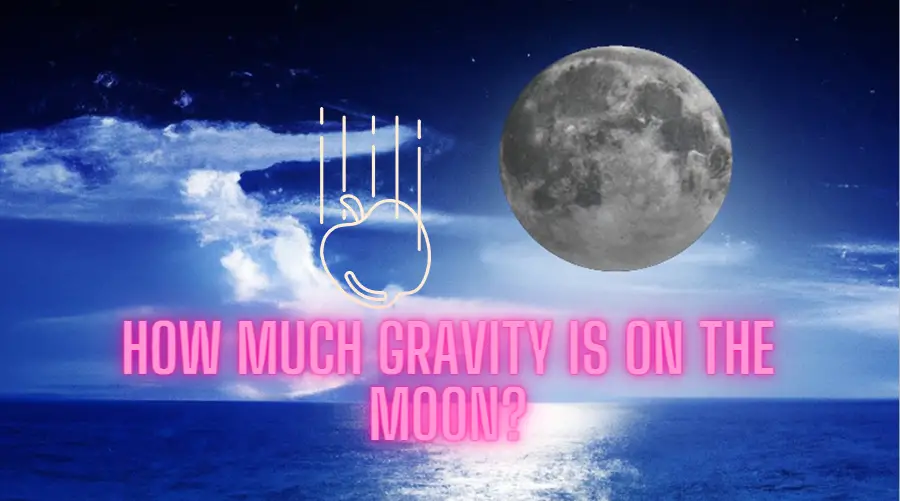Since the beginning of time, people have always been fascinated by the Moon. It is the celestial body that is located closest to the Earth, and because of this proximity, humanity have been able to study it in great detail. How strong is the moon’s gravitational pull? This is a question that comes up rather frequently. We shall investigate the answer to this question and look into some of the repercussions that can be caused by the moon’s gravity throughout this blog.
To begin, let’s talk about what we mean when we say gravity. The force that causes two objects to move closer to one another is called gravity. The force exerted by gravity is proportional to the mass of the objects as well as the distance that separates them. When considering the gravitational force of an item, mass is the most important factor to consider. The greater the distance between two objects, the smaller the gravitational force that one will have on the other.
The moon weighs approximately 7.34 x 1022 kilograms in total mass. The mass of the Earth is around 5.97 x 1024 kilograms, therefore this is a very small fraction of that amount. Because the moon is so much smaller than the Earth, the gravitational pull that it exerts is significantly weaker. The surface gravity of the moon is only around one sixth that of the surface gravity of the earth. On Earth, a person who weighs 100 kilograms would only weigh about 16.6 kilograms on the moon. This indicates that a person who weighs 100 kilograms on Earth would weigh approximately 16.6 kilograms.
The reduced gravitational pull of the moon has a number of significant repercussions. One of the most prominent aspects of it is that it makes it possible to launch items into space using a significantly lower amount of energy than is required on Earth. This is due to the fact that the gravitational force that pulls the object back down to the surface of the planet is significantly reduced. Because of the moon’s reduced gravitational pull, its atmosphere is likewise far less dense than that of Earth. The moon’s gravity is not powerful enough to keep gases on its surface as successfully as the gravity on Earth does.
The low gravity of the moon has a number of intriguing repercussions, one of which is that it alters the manner in which astronauts walk around and perform their tasks on the lunar surface. Because the moon has a lower average gravity than Earth does, astronauts can jump far higher on the moon than they can on Earth because they are not drawn back down to the surface of the moon as soon. since of this, it may be challenging for them to move about and do chores since they have to become used to the altered gravity.
In conclusion, the surface gravity of the moon is only approximately one sixth of the surface gravity of the earth. This reduced gravitational pull has a number of critical repercussions, including the capacity to launch items into space using less energy, a thinner atmosphere, and the requirement that astronauts operate on the lunar surface while adjusting to the changing gravity. Exploration and research of the moon, which is a fascinating celestial body, requires first and foremost a comprehension of the moon’s gravity.
![]()
